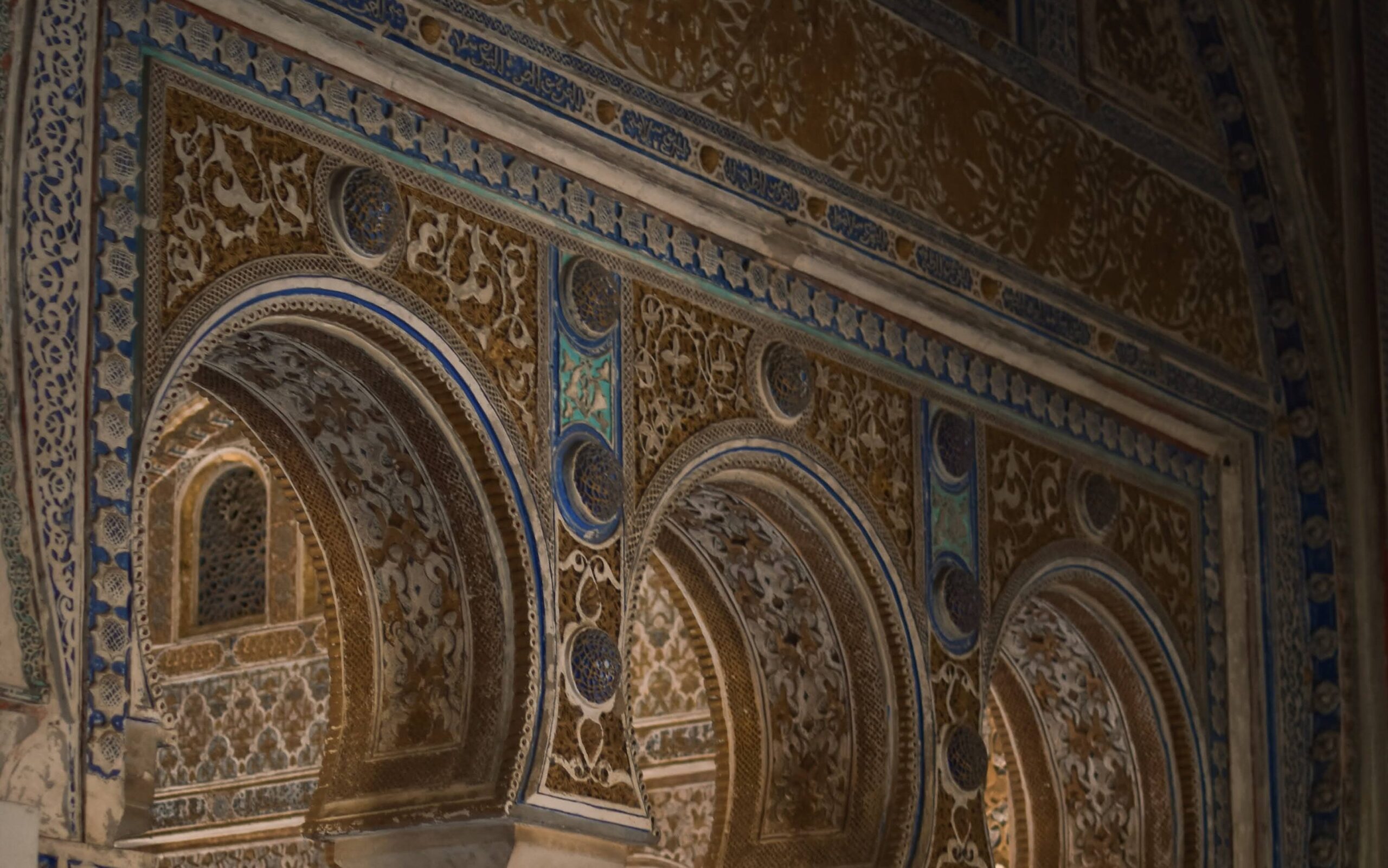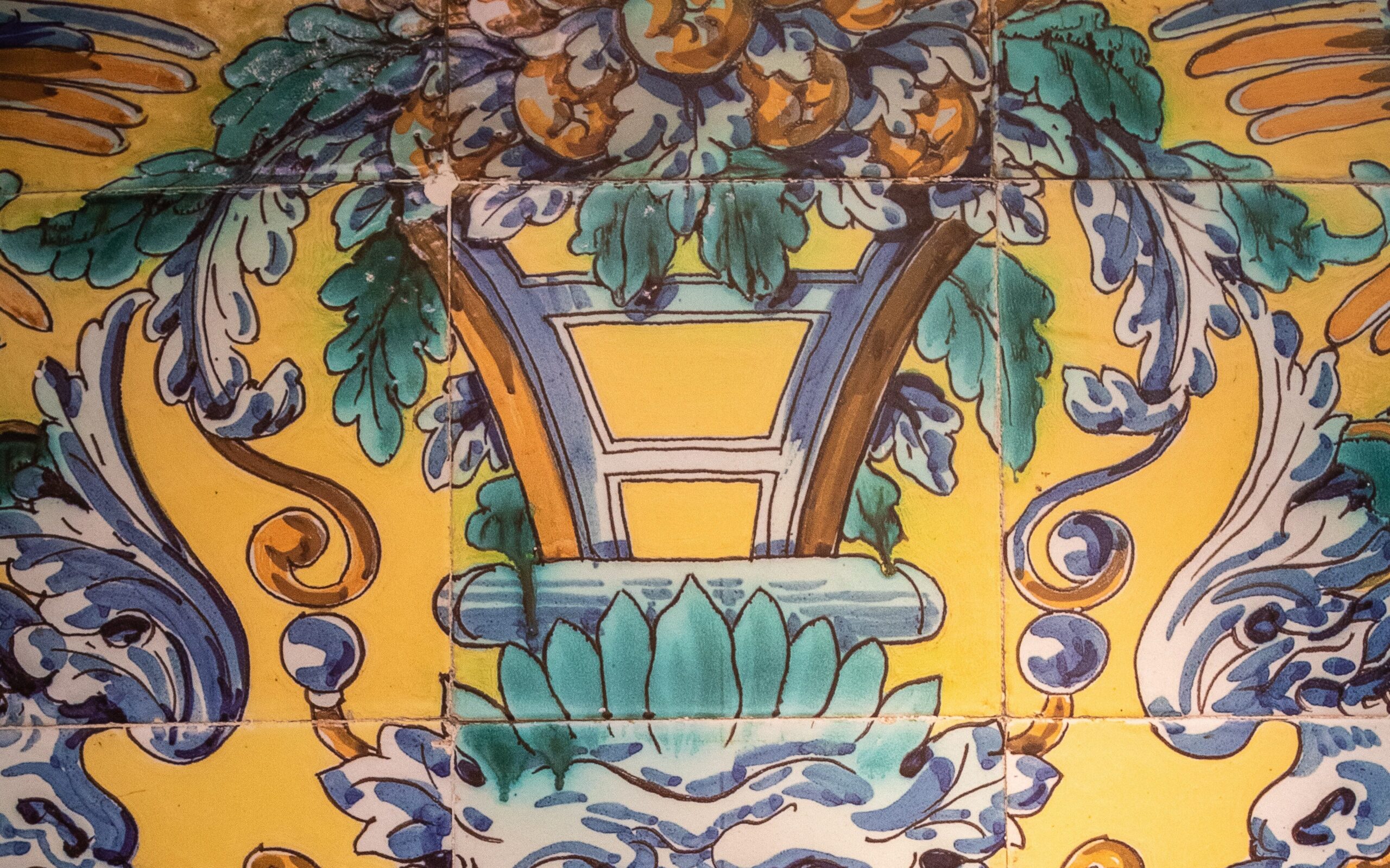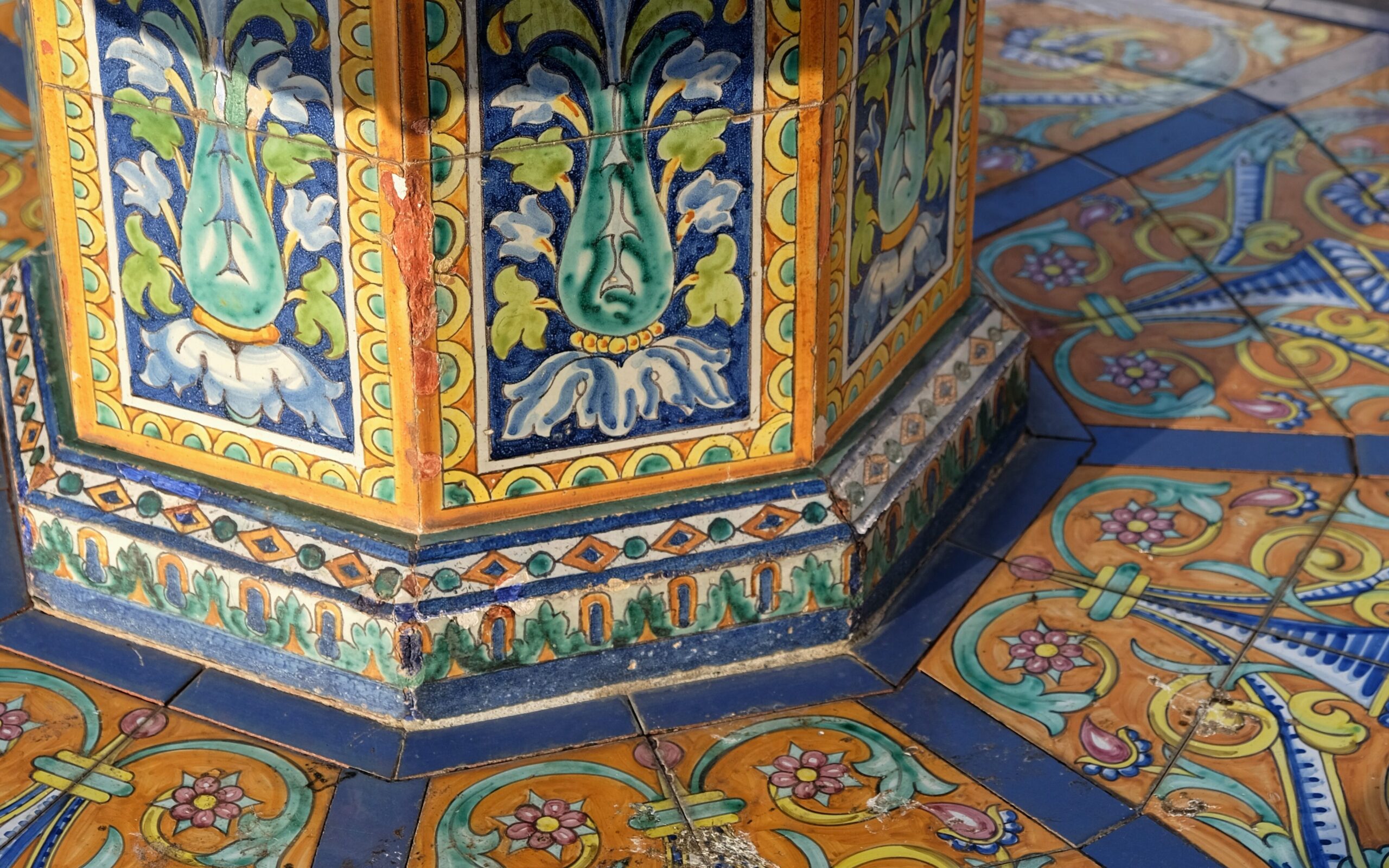Seville Itineraries
About
Disclaimer
Posts on Visit-Seville.com City Guide may contain affiliate links, meaning we get a commission if you decide to make a purchase through our links, at no cost to you.
Seville Tiles – A History of Azulejos Sevilla
Seville Tiles – A History of Azulejos Sevilla
Seville is famous for its tiles, also known as “azulejos.” These decorative ceramic tiles originated from the Moors, who ruled parts of Spain, including Andalusia, for many centuries. The word “azulejo” even comes from the Arabic word “al-zellige,” meaning “polished stone.”


History of Seville Tiles
Seville’s fascination with azulejos, the vibrant and intricately designed ceramic tiles, goes way back to the times when the Moors ruled southern Spain. Initially, these tiles were brought into Andalusia as an architectural element, featuring Islamic geometric designs. But over time, especially during the Reconquista when Christians took back control, the tiles underwent a transformation.
The traditional use of azulejos was as flooring in grand palaces and religious buildings like mosques and later, churches. The Moors believed in the artistic representation of the mathematical and cosmic order, which is why you’ll see a lot of geometric patterns in these tiles.


When the Reconquista happened, the tiles began to show more figurative designs, including floral motifs, religious scenes, and even historical events. The Catholics integrated these Moorish designs into their own aesthetic, a style now referred to as Mudejar.
Today, the city is like a living museum of azulejo art. The Royal Alcazar is a prime example, featuring a mix of Moorish and Christian designs. Another iconic spot is the Plaza de España, where azulejos are used to represent different Spanish provinces. You can also see contemporary uses of azulejos in the local subway stations and even in bars and cafes where the tradition is kept alive in a modern setting.
The production of azulejos is still a significant industry in Seville. From hand-painted designs to mass-produced tiles, Seville remains a hub for this traditional art form. Workshops and small boutiques offer tourists and locals alike the chance to see artisans at work and even to buy these pieces of art.
If you want to dig deeper into this art form, the city even has a museum dedicated to ceramics, the Centro Ceramica Triana, which tells you all you need to know about the history, the techniques, and the cultural significance of these tiles.
Alcazar Seville Tiles
The Alcazar of Seville is one of the best places to see the city’s famous tiles. The tiles here are like a timeline of styles, showing off the rich history of Seville. They range from Moorish geometric patterns to later Christian designs, and they’re all over the place — on the floors, walls, even the ceilings.
One of the most impressive spots is the Hall of Ambassadors. It’s got tiles from the floor to the dome, and they’re a mix of styles. Some of them show intricate Islamic designs, while others have Christian symbols like crosses and coats of arms.
Another cool place is the Patio de las Doncellas, where you can see tiles that have been there since the 14th century. These tiles show off the Mudejar style, a mix of Christian and Islamic art that’s really unique to this part of Spain.
If you’re into history and art, the Alcazar’s tiles are like a hands-on lesson. They help tell the story of who ruled Seville, what they believed in, and how they expressed themselves. Visit our full Royal Alcazar guide!


